In a world racing toward digital finance, Curaçao is still finding its footing.
If you’ve ever tried to pay with Bitcoin in Curaçao, you know it’s not exactly a smooth ride. Yes, there are a few places: some tourist-friendly shops, tech-forward cafés, taxis, and one supermarket where you can pay in BTC.
But for most local people on the island, the idea of paying with something called a “digital wallet” still sounds foreign. However, first, let’s define what Bitcoin is for those who are unfamiliar with it.
WHAT IS BITCOIN?
Bitcoin is a decentralized digital currency created in 2009 by the pseudonymous Satoshi Nakamoto. It runs on blockchain technology, a public ledger maintained by a network of computers, which ensures transparency, security, and resistance to tampering. While Bitcoin is generally used for purchases, cross-border transfers, and as an investment, its price fluctuations remain a concern for users and merchants alike.
Bitcoin is considered safer than most other cryptocurrencies because it has the longest track record, the most decentralized and secure network, and a fixed supply. It’s widely adopted, highly liquid, and uses a proven system (proof-of-work) that makes it hard to manipulate. While it’s still volatile and not risk-free, Bitcoin is more stable and trustworthy compared to newer, less transparent, or centralized cryptocurrencies.
BITCOIN PAYMENTS IN CURAÇAO: EARLY DAYS
A niche but growing number of vendors in Curaçao accept Bitcoin, some even via the Lightning Network, which enables fast, low-cost transactions. Yet this remains the exception, not the norm. Key challenges include:
- Low consumer education: Most Curaçaoans are unfamiliar with crypto wallets or private key management.
- Business hesitancy: Accepting Bitcoin requires extra tech layers, and many businesses are risk-averse due to BTC’s volatility.
- Price unpredictability: Merchants fear BTC may drop in value after payment.
Still, interest is growing among younger locals, freelancers, and digital entrepreneurs already using crypto for gig work or trading. Notably, BTCCuraçao promotes Bitcoin adoption and education, and reports that as of July 20, over 118 merchants accept BTC on the island. In comparison to the 40,117 businesses registered at the Chamber of Commerce in 2024, it remains a relatively small number.
STABLECOINS: A PRACTICAL ALTERNATIVE?
Stablecoins are cryptocurrencies linked to stable assets, such as the US dollar (e.g., USDT, USDC), and offer price stability, fast settlement, and low transaction fees. They act as digital equivalents of fiat currency and are particularly useful for remittances, making them attractive for Curaçao’s diaspora recipients and freelancers. Now, let’s look into the advantages and disadvantages of stablecoins.
Advantages include:
Price Stability
Stablecoins are pegged to stable assets (usually the US Dollar), making them far less volatile than cryptocurrencies like Bitcoin or Ethereum. Useful for everyday transactions, savings, and budgeting in crypto.
Fast and Low-Cost Transfers
Stablecoins enable near-instant transfers across borders, often at much lower fees than traditional banking systems or remittance services.
Access to DeFi and Crypto Markets
Stablecoins are widely used in decentralized finance (DeFi) and on crypto exchanges. Traders can move funds quickly between platforms without exchanging into fiat currency.
Hedge Against Volatility
In turbulent crypto markets, users can park their assets in stablecoins to avoid losses while staying within the blockchain ecosystem.
Financial Inclusion
Anyone with internet access and a crypto wallet can use stablecoins—no need for a bank account. Helps unbanked or underbanked populations participate in digital finance.
Programmability and Smart Contracts
Stablecoins can be used in automated systems and smart contracts for lending, insurance, payments, etc. Enables innovation in digital finance and web3 services.
Transparency (in most cases)
Many stablecoins (like USDC, DAI) offer on-chain transparency or publish regular reports on reserves. Increases user trust (though quality varies by issuer).
Disadvantages include:
Centralization Risk (for fiat-backed stablecoins)
Many stablecoins (e.g., USDT, USDC) are issued and managed by centralized entities, meaning they can freeze or block funds, users must trust that the issuer holds the claimed reserves, and regulatory actions can disrupt operations (e.g., blacklisting wallets or forced disclosure).
Lack of Transparency
Some issuers have faced criticism for not providing regular or reliable audits of their reserves (e.g., Tether in the past). This creates uncertainty about whether the stablecoin is truly backed 1:1.
Regulatory Uncertainty
Governments and regulators are increasingly scrutinizing stablecoins, which may lead to stricter compliance requirements, bans or limitations in certain jurisdictions, and classification as securities or money market instruments.
De-pegging Risk
Stablecoins can lose their peg to the underlying asset (usually USD) due to market panic, poor collateral management, technical or liquidity failures (e.g., TerraUSD (UST) collapsed dramatically in 2022).
Limited Yield or Utility
Holding stablecoins may not provide returns, unlike crypto assets that can appreciate. Although DeFi platforms offer yield, they also come with additional risks (e.g., smart contract exploits, rug pulls).
Dependence on Traditional Finance
Fiat-backed stablecoins rely on access to banking systems, trusted custodians, and Legal frameworks, making them vulnerable to legacy system issues.
Smart Contract and Technical Risks
For algorithmic or crypto-backed stablecoins, bugs or vulnerabilities in the code can lead to loss of funds, and collateral volatility (in crypto-backed coins like DAI) can trigger liquidations.
While stablecoins may seem like a safer alternative to Bitcoin, it’s important to stay cautious and do your research. Cases like Tether serve as a reminder that even stablecoins can go wrong. Tether was fined $41 million by the CFTC in 2021 after being found to have misrepresented that its tokens were always fully backed by U.S. dollars. At times, reserves covered only 27.6% of tokens in circulation.
CROSS-BORDER TRANSFERS: CHEAPER, FASTER, FAIRER?
Traditionally, sending money to Curaçao from Europe or the U.S. required bank wires, Western Union, or similar services, which often cost 5–10% in fees and take days to process. Stablecoins now offer a simpler option:
- User in Rotterdam sends USDC.
- Recipient in Curaçao receives it instantly via a mobile wallet.
- They can hold, spend, or convert it with minimal loss.
This not only cuts costs but enhances financial resilience by bypassing intermediaries altogether.
CRYPTO REGULATION: PROGRESS UNDERWAY
Curaçao is making real progress in regulating digital assets. In March 2025, Parliament approved the Landsverordening toezicht virtuele activa dienstverleners, a law to license and supervise Virtual Asset Service Providers (VASPs).
The Central Bank of Curaçao and Sint Maarten (CBCS) will oversee this regulation to ensure compliance with international AML/CFT standards. The Minister of Finance at the time, Mr. Javier Silvania, emphasized the necessity of regulating cryptocurrency to avoid financial isolation and ensure responsible innovation.
BARRIERS TO WIDESPREAD ADOPTION
Key obstacles remain:
- Public awareness: Few residents understand crypto or safe practices.
- Regulatory uncertainty: Curaçao’s VASP framework is new and still being rolled out.
- Limited fiat on/off-ramps: Converting between stablecoins and the local currency, the Caribbean guilder (XCG) introduced in 2025, is not yet widely supported.
- Lack of education campaigns: Schools and community groups rarely include digital finance literacy.
THE ROAD FORWARD: CURAÇAO’S OPPORTUNITIES
- Crypto education initiatives
Community workshops, online tutorials, and school programs can demystify wallets, stablecoins, and safe practices. - Retail pilots for crypto payments
Small business partnerships to test Lightning or stablecoin use, possibly with local incentives. - Diaspora remittance programs
Collaborate with Dutch-Caribbean communities abroad to pilot stablecoin-based remittance solutions. - Trustworthy on/off-ramp providers
Enable affordable and legal conversions between digital currency and the local Caribbean guilder (XCG).
FINAL THOUGHTS: CULTURE BEFORE CRYPTO
Bitcoin and stablecoins won’t transform Curaçao’s economy overnight. The technology is here, but building trust, education, and legal frameworks must come first.
Still, the potential is real:
- A freelancer in Groot Kwartier could be paid in USDT for remote work.
- A family in Otrobanda could receive remittance support in stablecoins.
- A tour operator in Jan Thiel could offer Lightning payments to tech-savvy tourists.
Step by step, Curaçao has the potential to build a secure, inclusive, and locally driven digital finance ecosystem. But this will only happen if the right foundations are put in place, starting with crypto education initiatives such as community workshops, school programs, and online tutorials to demystify concepts like wallets, stablecoins, and safe digital practices.
Supporting small businesses through retail pilots for crypto payments, especially using solutions like the Lightning Network or stablecoins, could provide valuable insights while encouraging local adoption. In parallel, developing remittance programs in collaboration with the Dutch-Caribbean diaspora and ensuring trustworthy on- and off-ramp providers are available will be key to long-term success.
Without these essential steps, promoting crypto too early could lead to confusion, misuse, and repeat the mistakes seen in other countries where education and safeguards were lacking.
El Salvador faced significant infrastructure and education challenges during its early adoption of Bitcoin as legal tender; India and Nigeria struggled with widespread scams and fraud due to unclear regulations and low public awareness; and in Turkey, the collapse of Thodex highlighted the dangers of poor oversight and a lack of consumer understanding around crypto risks. These real-world examples offer valuable lessons that Curaçao can learn from to avoid similar mistakes.
Diving into Bitcoin and stablecoins has been a fascinating journey. I’ve gained valuable insights, and it’s clear there’s still so much more to uncover. I hope it inspires others to continue asking questions, stay curious, and learn more about the evolving world of digital finance.
Sources
Antilliaans Dagblad. (2024). Richting veilig cryptogeld.
Campbell, T., & Safane. J. (2024). What is a stablecoin? Business Insider Personal Finance. Business Insider.
Central Bureau of Statistics Curaçao. (n.d.). Enterprises.
Centrale Bank van Curaçao en Sint Maarten. (2024). Mandatory Registration for Virtual Asset Service Providers, Payment Service Providers and Electronic Money Institutions.
CINEX. (2025, June 24). Onchain Island: Digital assets as the cornerstone of Curaçao’s digital economy.
Coinbase. (n.d.). What is Bitcoin? Coinbase Learn.
Curaçao Chronicle. (2025). Supervision of crypto services finally approved.
Curaçao Chronicle. (2024). Finance minister: Cryptocurrency in Curaçao feasible and necessary.
Curaçao Chronicle. (2024). Vibrant activities in fintech: Market analysis on financial innovation in Curaçao and Sint Maarten.
Curaçao Chronicle. (2025). Curaçao faces risk of financial isolation without virtual assets regulation.
Curaçao Chronicle, (2025). Finance Minister: Cryptocurrency in Curaçao feasible and necessary.
Curaçao Chronicle. (2025). Cryptocurrency payments in Curaçao’s gaming industry: Legal and regulated, says GCB director.
Curacao.nu. (2024). Regulering nodig voor explosief groeiende fintech-sector op Curaçao.
G7 Working Group on Global Stablecoins. (2019). Investigating the impact of global stablecoins. Bank for International Settlements.
Gemini. (2025, May 19). Pros and cons of stablecoins: Benefits & purpose. Gemini Cryptopedia.
Hernández. J.I. (2025). In El Salvador, Bitcoin’s Retreat Left Valuable Lessons. America’s Quarterly
Kraken. (2025). What is Bitcoin (BTC)? A complete guide.
Lee. I. (2025). Tether slapped with $41 million fine for ‘untrue or misleading statements’ on fiat currency backing. Business Insider
NU.cw. (2025). Curaçao dreigt op grijze lijst te komen zonder crypto-wetgeving.
Paradise FM. (2025). Minister blij met stap parlement: Hij benadrukt belang van toezicht op virtuele activiteiten.
PwC. (n.d.). Bitcoin, cryptocurrency, blockchain… So what does it all mean? PwC United States.
Salako, P. (2025). ‘I invested in a Ponzi scheme’: Nigerians fall victim to crypto scams. Al Jazeera.
Schwartz. M.J. (2021) Turkish Police Probe Thodex Cryptocurrency Exchange. Bank Info Security.
TRM. (2023). Nigerian Crypto Scammer Sentenced to Three Years for Running International Pig Butchering Scheme TRM Labs blog.
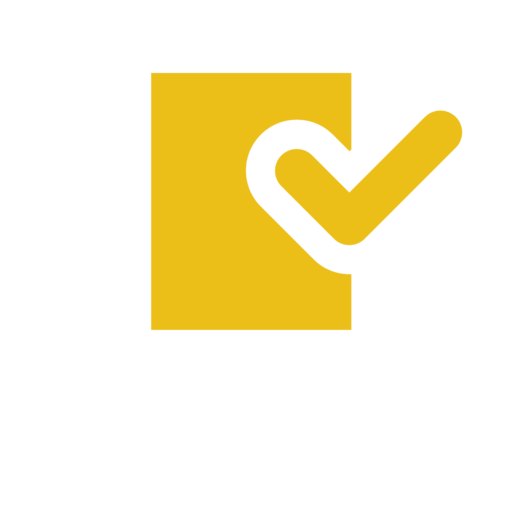

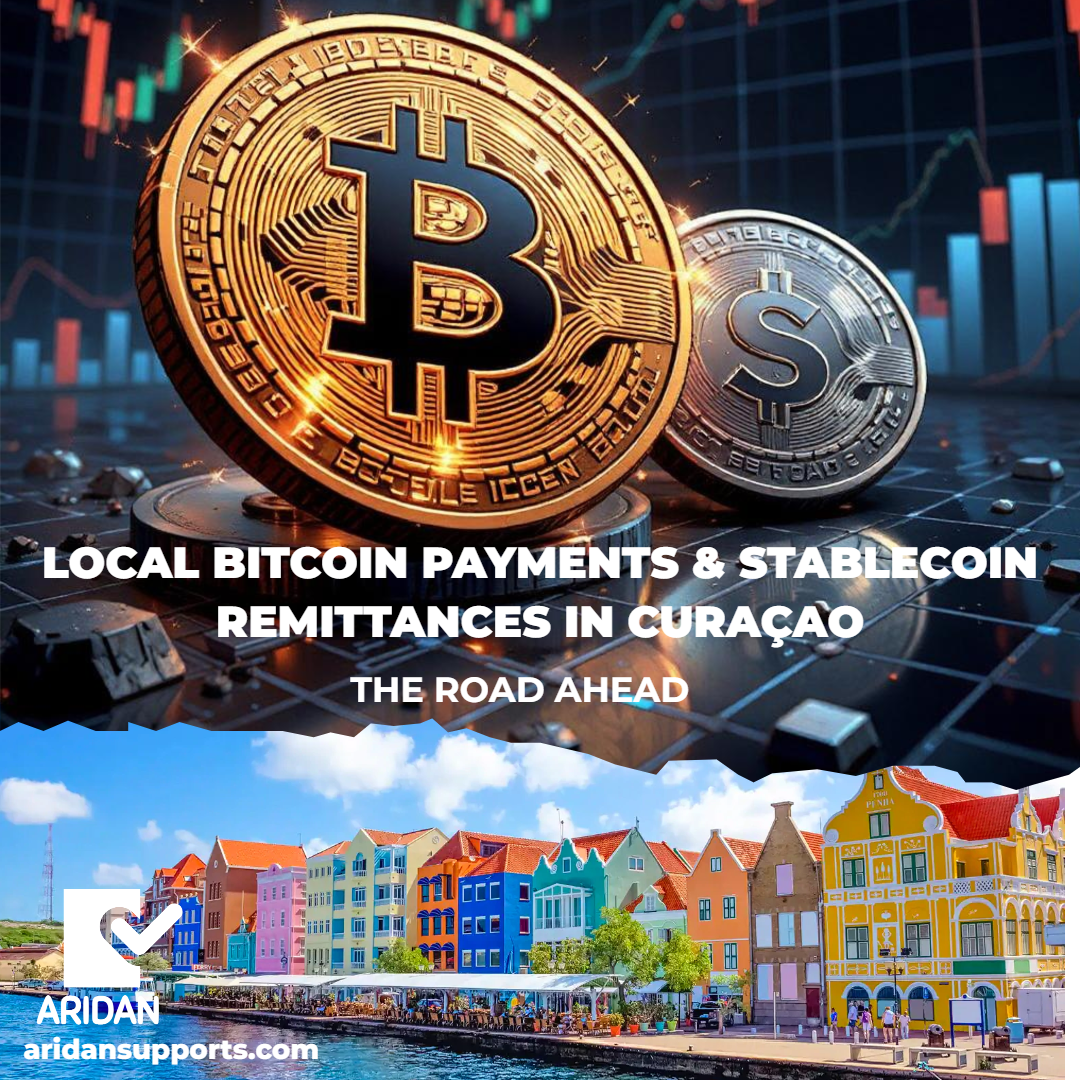
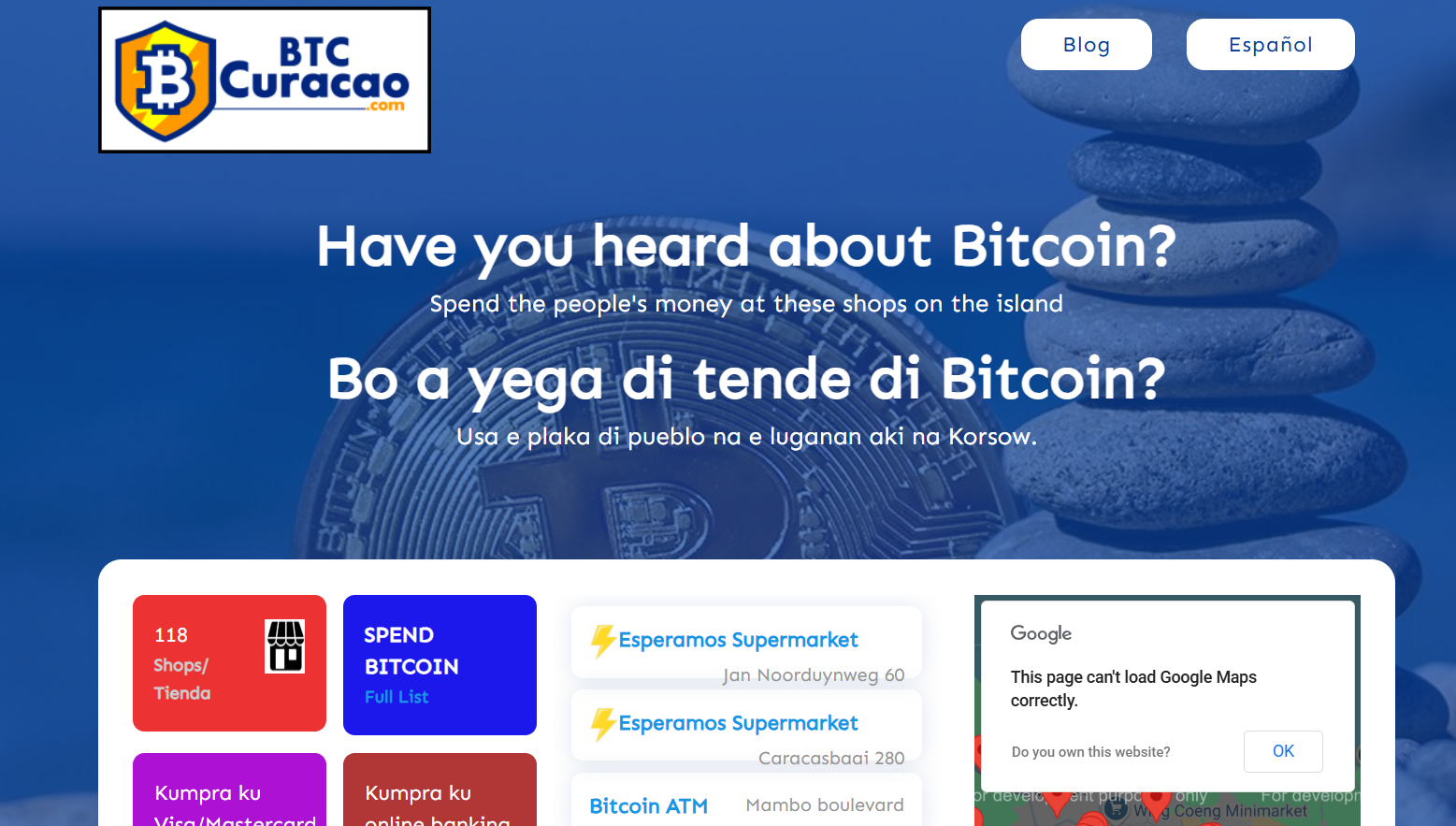

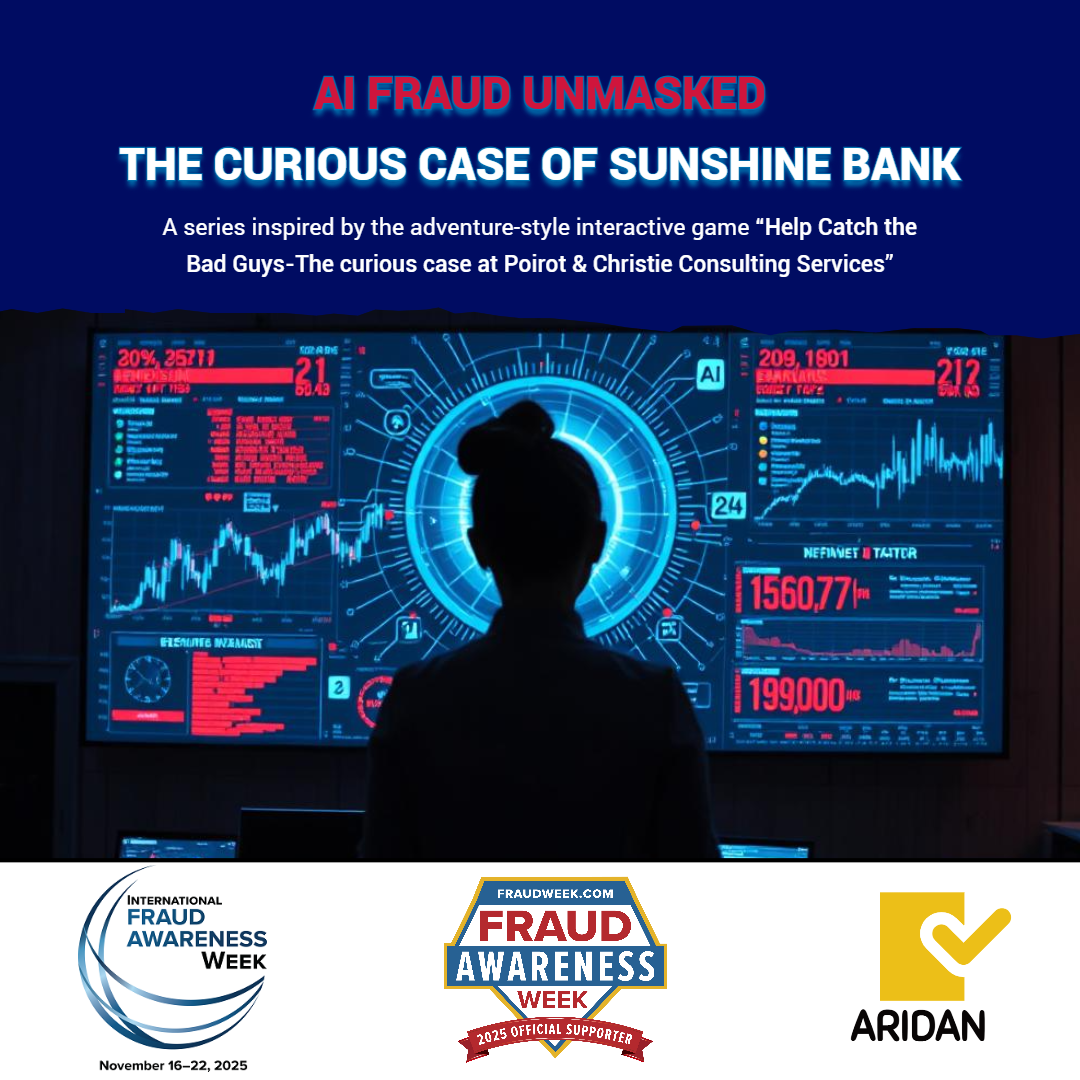

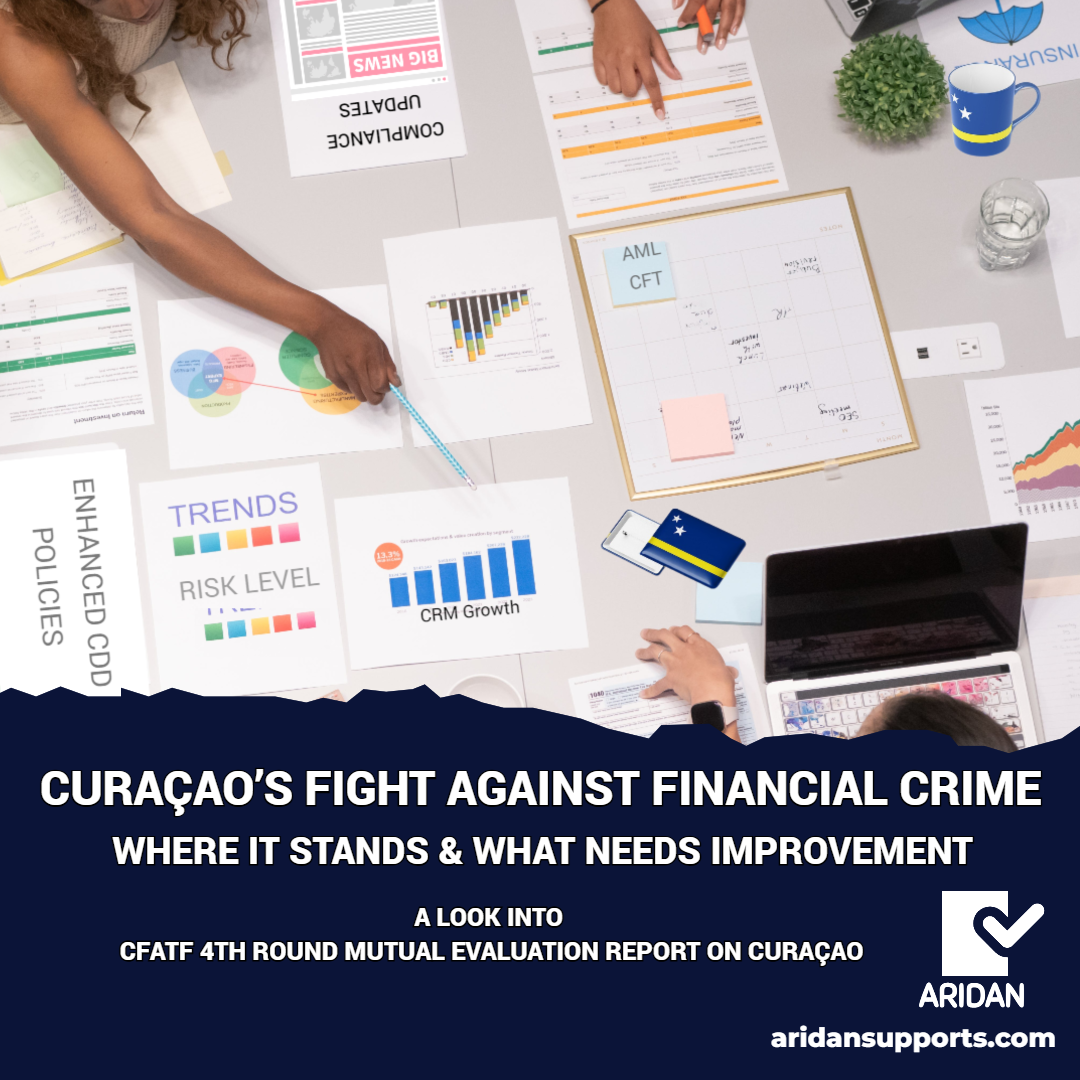

Leave a Reply